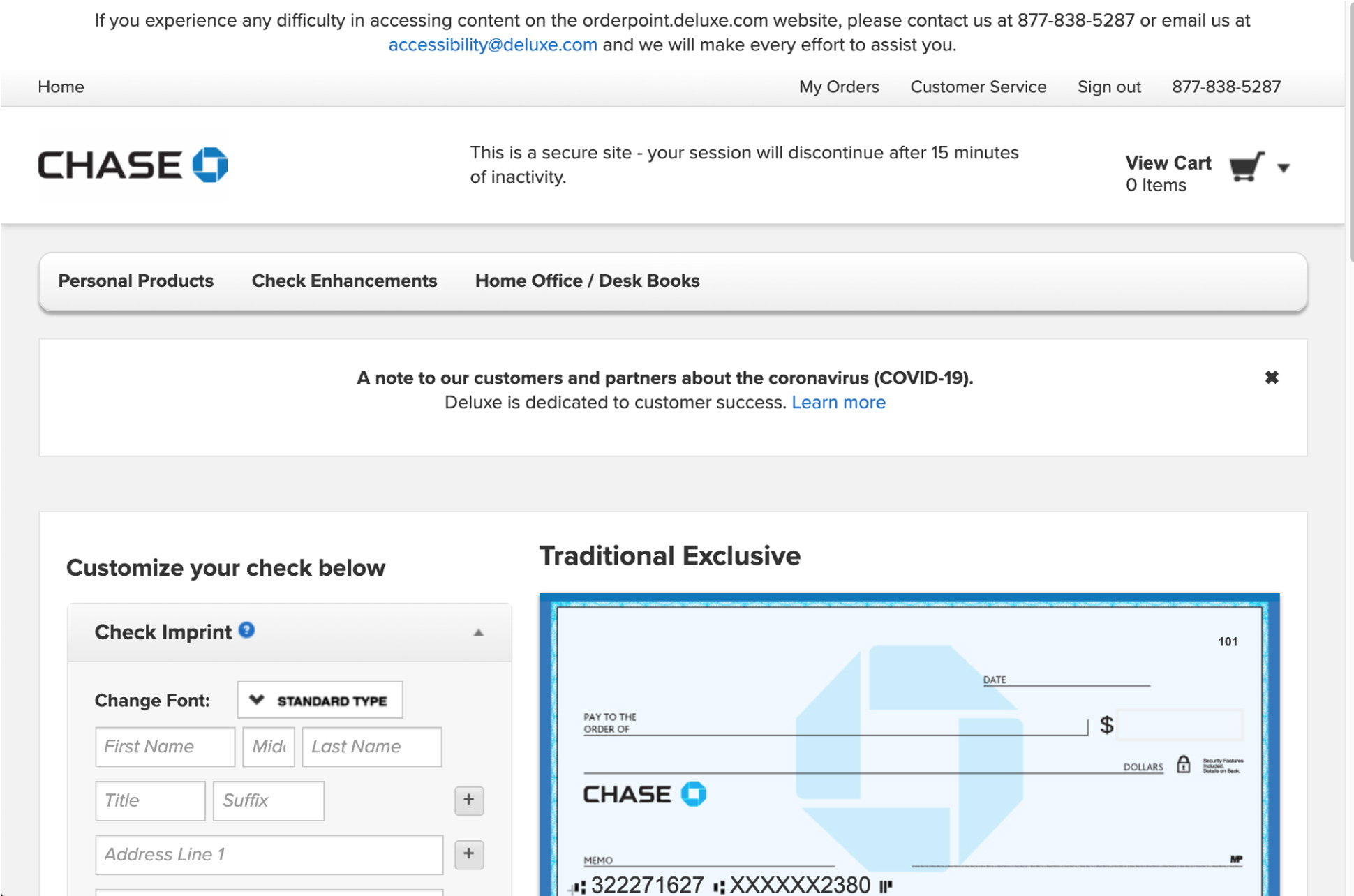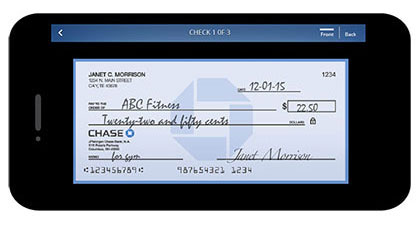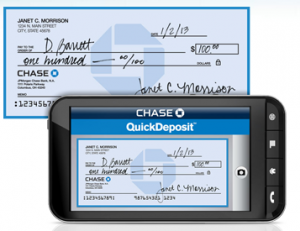

Don’t offer checks, so transactions are made with a debit card.Potential fees include monthly service fees and overdraft fees.Most have requirements in order to earn interest, like a minimum account balance.Some banks offer additional perks, such as lower mortgage interest rates and financial guidance.Typically earns or offers perks such as lower or no fees on safe deposit accounts, personal checks, official checks, money orders or out-of-network ATM fees.


Usually pay little or no interest on your balance.May offer overdraft protection to help a payment or withdrawal be approved by linking your savings account to your checking account for Overdraft Protection, your savings account funds will cover the transaction, if there are sufficient funds available.Offered at most banks and credit unions.Common type of checking account in which you use checks and a debit or ATM card to withdraw money or make transactions, and they typically offer online bill pay options.
#Chase get checkbook how to#
They are not the only types of accounts available, but knowing the differences between each can help you know how to find the right one for you. These are some of the most common types of checking accounts offered at banks and credit unions.

The primary benefit of checking accounts is the ability to store money you intend on spending, either through debit card transactions, checks, or cash withdrawals. savings account featuresīefore opening an account, it’s important to understand the difference between checking accounts and savings accounts. There are a number of differences between checking and savings accounts, as well as pros and cons to each, and understanding these features may help you determine which type of account is right for you. Contact your financial institution for more information. Most savings accounts have either withdrawal limits, usually up to six per month, or associated fees when making a withdrawal, which can encourage you to save. These accounts typically earn interest that may help the account grow. Savings accounts are ideal for depositing and saving money. In most cases, they earn little to no interest. Checking accounts are held through a financial institution, like a bank or credit union, and are a place to deposit money, make transfers, write checks, withdraw cash, pay bills, and take care of other day-to-day banking transactions.


 0 kommentar(er)
0 kommentar(er)
